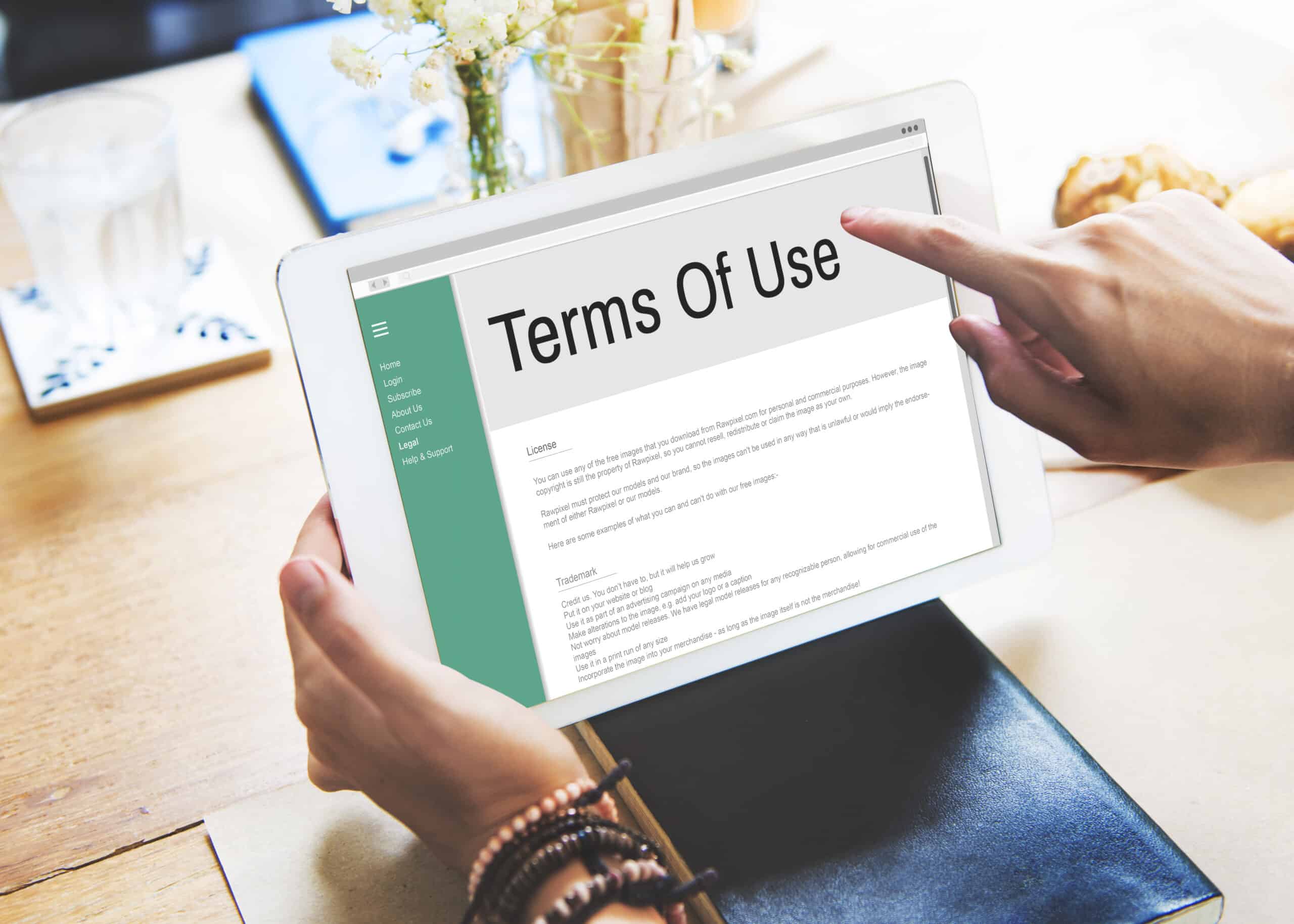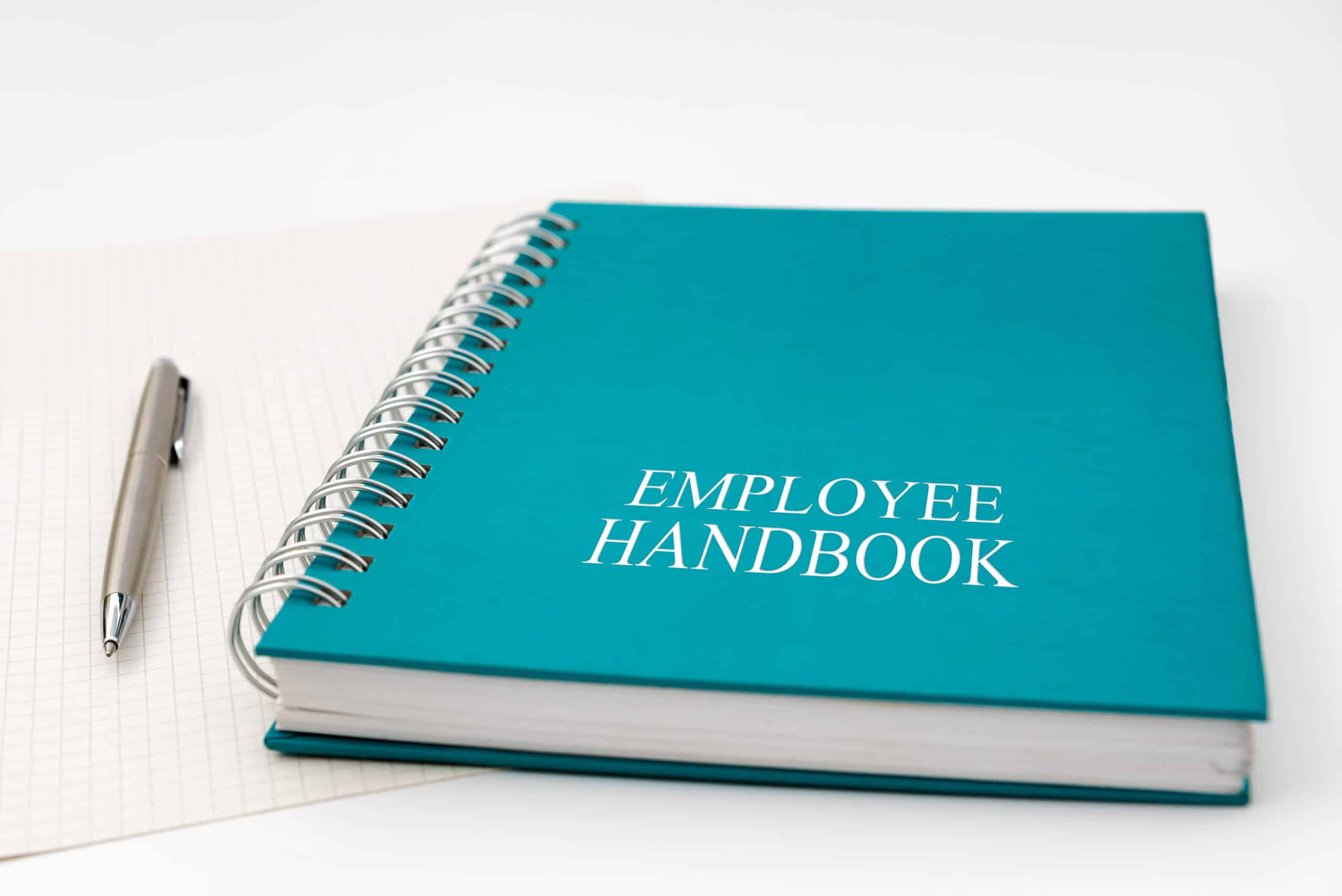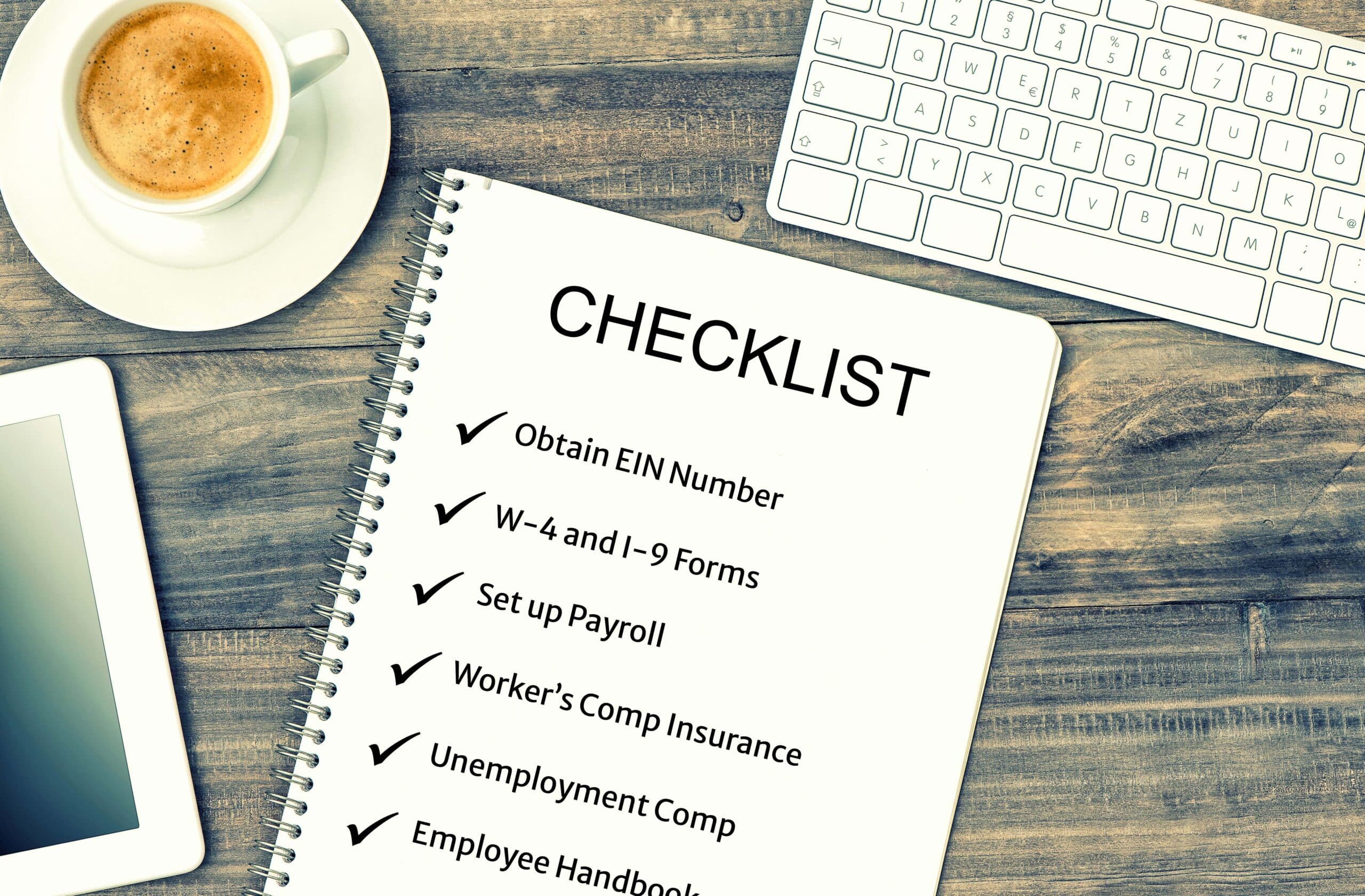Title I of the Americans with Disabilities Act addresses discrimination in the hiring process and reasonable accommodations for employees with disabilities. Title I applies to any business that operates 20 or more weeks out of the year AND has 15 or more employees. In this article, learn how ADA requirements in the hiring process and employment affect you as a small business owner. And what you must do to be compliant.
Who does the ADA protect?
The ADA protects the obvious examples of employees who are deaf, blind, or wheelchair bound. But the ADA also covers employees with physical conditions such as epilepsy, diabetes, severe arthritis, hypertension, or carpal tunnel syndrome and mental impairments such as major depression, bipolar disorder, and mental retardation.
The ADA protects an employee or applicant with a disability ONLY if they are actually qualified for the job. The applicant must meet any job-related requirements for employment such as education level and skill set. And the applicant must be physically and mentally able to perform the functions of the job. Once these conditions are met, the ADA requires the business owner to make reasonable accommodations that aid or permit an employee with a disability to perform their job.
How can a small business owner be ADA compliant?
If your business has 15 or more employees, in order to be ADA compliant you must provide persons with disabilities:
- the same chance as other employees to apply for jobs for which they are qualified;
- the same opportunity as other employees for promotion within the company;
- the same benefits offered to other employees; and
- means to enjoy their job without harassment regarding their disability.
Are there specific ADA rules about hiring?
Yes! Under the ADA, an employer may not ask questions about disability or request medical exams or records until AFTER an offer of employment is made. However, the employer can make the offer conditioned on proof of the applicant’s ability to perform the functions of the job.
Generally, an employer cannot request medical information or ask for a medical exam unless it is required for all employees in the same job category. And if an employer receives medical information, they are obligated to keep it confidential.
What is “reasonable accommodation”?
According to the EEOC, reasonable accommodations under the ADA are “adjustments or modifications provided by an employer to enable people with disabilities to enjoy equal employment opportunities.” The examples are as varied as the types of disabilities. It can be something as simple as allowing an employee regular breaks to measure insulin levels. Or a change in an employee’s start time to accommodate medical appointments. According to the EEOC, an employer’s median cost to provide a reasonable accommodation is $240. But, many accommodations are free!
Employers must provide reasonable accommodation unless it would cause the business “undue hardship.” Undue hardship includes unreasonable expense or issues with the operation of the business. For example, if an employee requests a change in hours, but that would leave the employer without resources to maintain customer service during that time, it may be an undue hardship.
Employers must determine both reasonable accommodation and undue hardship on a case-by-case basis. There are no hard and fast rules.
The EEOC published a guide that includes information about hiring do’s and don’ts. The guide gives examples for when and what type of reasonable accommodations an employer must provide. You can find that guide here: https://www.eeoc.gov/laws/guidance/ada-primer-small-business













